Quarantine is not a new strategy in America. As our colleague Andre M. Perry, Princeton sociologist Patrick Sharkey, and several others have pointed out, our nation’s go-to approach for “solving” social problems has long been spatial segregation and boundary drawing, from redlining, to racist urban planning, to concentrating health hazards in poor neighborhoods.
These strategies have forced certain communities—typically majority-minority and high-poverty communities—into a perpetual state of crisis, one they have been navigating long before the emergence of COVID-19. Perhaps Flint, Mich. Mayor Sheldon Neeley put it best when he spoke of the pandemic as “a crisis on top of a crisis with a side of crisis.” Underlying his words are legacies of discrimination and disinvestment that have left places like Flint exposed to the interconnected challenges of poor public health, poverty, and environmental degradation, and cut off from the resources needed to overcome them.
A more granular examination of our policies of separation reveals that they have also been used to keep the most vulnerable populations within communities in crisis. The ways in which we’ve quarantined these groups in ordinary times—from those without a permanent home to those in the criminal justice system—provide the most potent illustration. Now, as these systems, including our jails, prisons, and homeless shelters, crack under new pressure from COVID-19, they present the most obvious indication that further isolation will not see us through long-term recovery.
As COVID-19 starkly exposes the frailties of our health, welfare, and justice systems, there is an opportunity—and imperative—to restructure them after the pandemic subsides.
Transcending temporary fixes for shelter
The primary structures we have in place to house people without permanent homes are a loose patchwork of barracks-like shelters, tent encampments, and decrepit, often surveilled motels, all of which share a common feature: They isolate people from view and contain them amid similarly situated peers. This is the very same feature that renders them at heightened risk now during a pandemic.
Homeless shelters across the country are making the difficult decision to either keep their doors open and risk an outbreak among those already medically vulnerable, or to leave the unhoused to fend for themselves. In San Francisco, the decision has already been made, with the city asking shelters to stop admitting new people in an attempt to prevent crowding. Some cities are scrambling to offer quick relief through hygiene kits, wash stations, and expanded shelters. Meanwhile, Las Vegas initiated a crude temporary fix, isolating people into outdoor parking lots even while thousands of hotel rooms remain empty.
While crafted under dire circumstances, these approaches replicate a broader problem: They pack people out of sight into tight quarters without a long-term solution for care. With a looming economic recession threatening to push even more people into housing insecurity, local leaders must commit to humane and holistic policies that address the issue’s deeper causes rather than trying to hide it away. Doing so requires fostering inclusive, vibrant communities, now and later.
In the very near term, people need access to places to shelter indoors at a safe distance. Throughout recovery, local governments and nonprofit partners can adopt service-based systems or outreach-team approaches that connect people with permanent supportive housing, employment training, child care subsidies, doctors and therapists, and financial and budgeting assistance. Concentrated efforts to encourage vulnerable people to feel connected to their neighborhoods and communities (such as citizenship approaches) can help too.
Over the long term, however, regional, city, and local leaders must partner to create accessible economic opportunity for vulnerable residents that provides the foundation for more just and widespread stability. In the wake of unprecedented economic hardship brought on by the pandemic, this will be challenging—but if we fail to include America’s most vulnerable in the recovery, we will only reinforce the glaring inequities we see today.
Investing in communities for safety
The most obvious way we quarantine social problems is through our incarceration system. It, too, is crumbling amid the current crisis. Typically used to isolate those considered dangerous or undesirable—many of whom grew up in historically disinvested communities—it shares many of the same flaws as other systems of separation. Jails and prisons concentrate at-risk populations in poorly maintained shared living quarters, while providing them with limited access to hygienic materials and quality health care.
Public sector reactions to these vulnerabilities have been swift, and are still evolving. Police officers in places such as New York, Los Angeles, and Houston are arresting fewer people and being directed to not book people into jail for misdemeanors or minor offenses. In Baltimore, the state’s attorney has ordered staff to not charge people arrested for some nonviolent crimes. Prisons and jails across the country are releasing people, acknowledging that the public health risks in keeping them there are too great. On Monday, the House Judiciary Committee called for the attorney general to release medically compromised, elderly, and pregnant people in the custody of the Federal Bureau of Prisons. And despite fears of rising crime amid these low arrest levels and early releases, crime is down in many big cities.
This shows that an alternative approach to incarceration could have been used all along. And it still could be: A growing body of evidence reveals that community investment—from providing youth with summer jobs, to repurposing vacant lots as public spaces, to offering sports leagues and programming—can reduce crime. Creative placemaking projects, too, have been found to increase trust and cooperation between at-risk populations and police, mitigating the need to involve the justice system altogether. “Third places,” including community centers and safe spaces for recreation, have also been identified as community alternatives to justice system involvement.
As we recover from the coronavirus pandemic and look ahead, greater attention to fostering healthy, cohesive communities and investing in places that have long been left behind may render our current system of mass incarceration obsolete.
COVID-19 as a ‘reset’ button
The coronavirus pandemic presents a time for us to rethink how we address our communities in crisis. Building new shelters with the same old conditions or returning to the status quo of the justice system might seem like an easy solution when this is all is over, but these structures reflect the spatial segregation that created the uneven landscape we’re in today. Rather than quarantining away social problems, we need long-term investments that support inclusive communities and combat the structures that engender such crises in the first place.
And we won’t be starting from scratch. As a Detroit resident aptly put it to The New York Times, communities who have been through their fair share of crises know how to come together to defeat them. Now, it’s up to state, regional, and local leaders to support them in doing so.
The Brookings Institution is committed to quality, independence, and impact.
We are supported by a diverse array of funders. In line with our values and policies, each Brookings publication represents the sole views of its author(s).
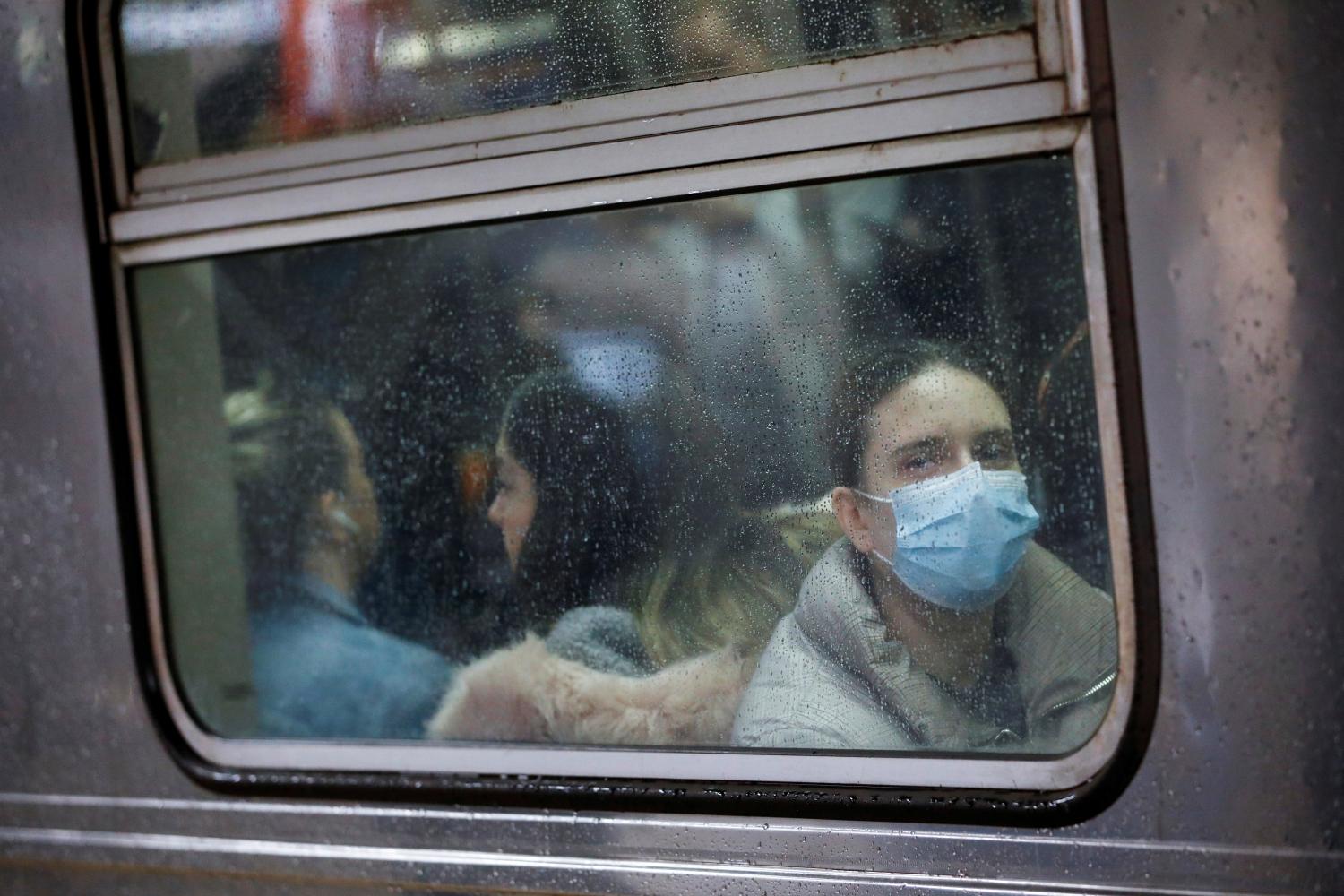
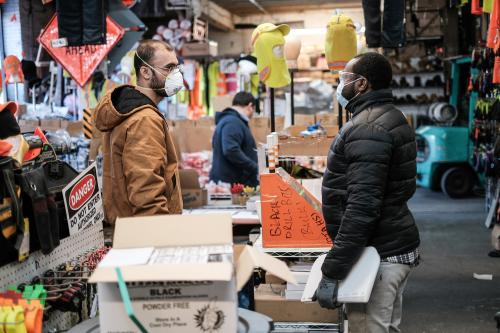
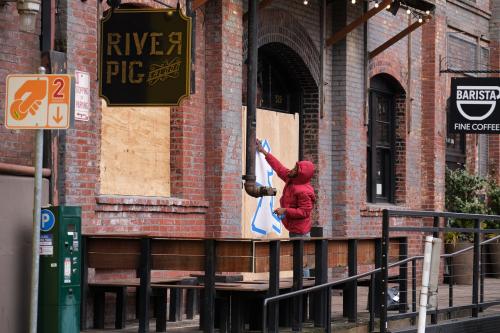
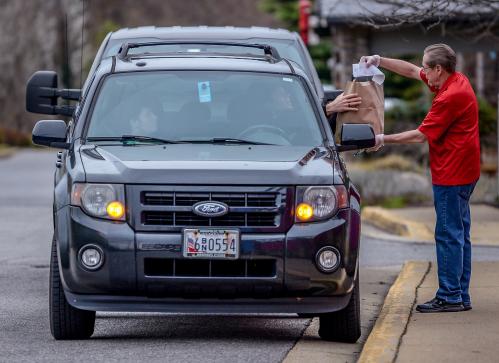


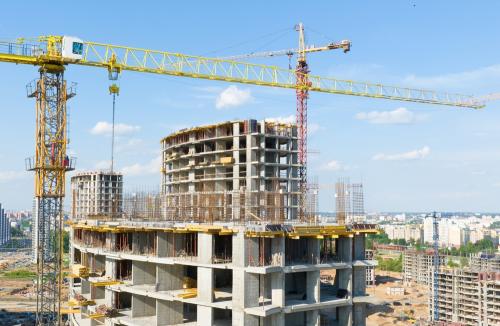

Commentary
After COVID-19, we must invest in—not isolate—our most vulnerable communities
April 3, 2020